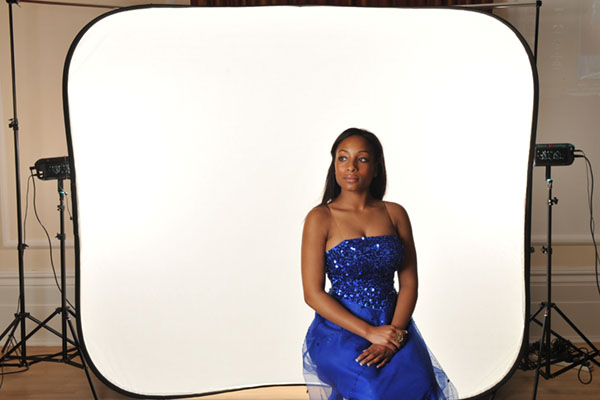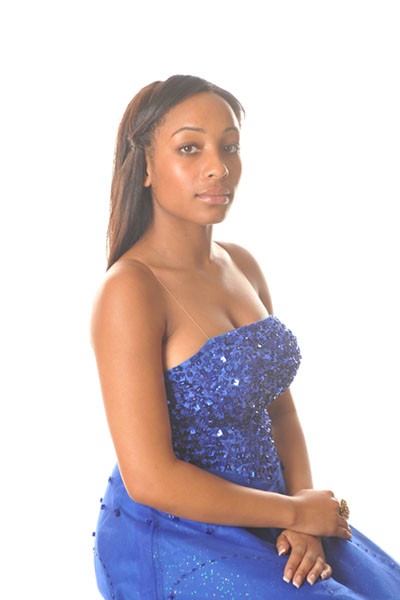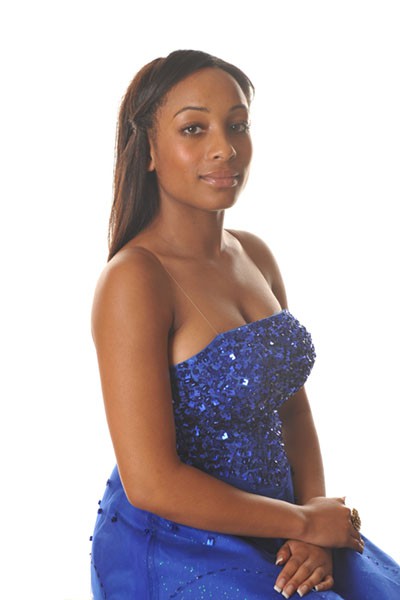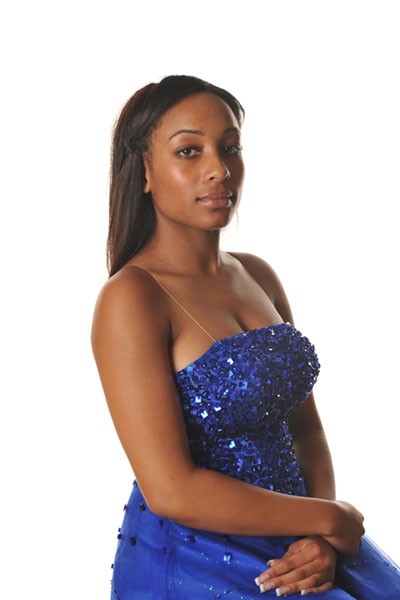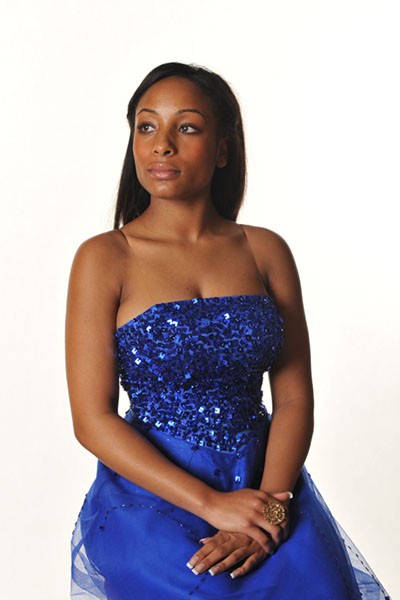The Lastolite HiLite has changed the way that many photographers work. It has made getting a bright white background much easier and in much less space than often required.
I often find that people (many highly regarded photographers) quote a 1.5 to 2 stop difference between subject and a bright white background (often wrongly called high key). The only way to get it right is to try and so using a Lastolite Hi-Lite that is what I did as per the following set up.
I have the largest i.e the 8’x7′ Hi-Lite and used two Bowens 500s in the middle of the 7′ sides to get an even light and Letitia was light with just 1 further 500 in a Wafer 75 softbox. This was just done as a demo to prove that you should not just take printed “facts” as gospel. Each type of bright white background needs a different level of light due to its reflective quality.
To work out the exposure of the background I metered the light being emitted from the HiLite about 1 foot in from each corner and in the middle and averaged hence tests are an approximation.
First step was to set the Hi-Lite to f11 and then meter the light falling on the subject, first test at f4 (background 3 stops brighter). This is greater than what the experts say.
Notice how we are having issues with flare and the light wrapping round. This could be helped by reducing the size of the light and moving the subject further from the background. For the tests the subject was approx 5′ in front of the HiLite
Second test was to leave the Hi-Lite at f11 and then meter the light falling on the subject at f5.6 (background 2 stops brighter)
third test was to leave the Hi-Lite at f11 and then meter the light falling on the subject at f8 (background 1 stop brighter)
Fourth test was to leave the Hi-Lite at f11 and then meter the light falling on the subject at f11 (background same level)
Notice the problems caused with the background being too bright and that when using the Hi-Lite there actually needs to be very little difference. Notice in the last image how the light is falling off at the bottom of the HiLite. This could have been overcome with light position and also just upping the exposure to half to two-thirds of a stop greater than the foreground lighting which is the exposure difference I would recommend.

